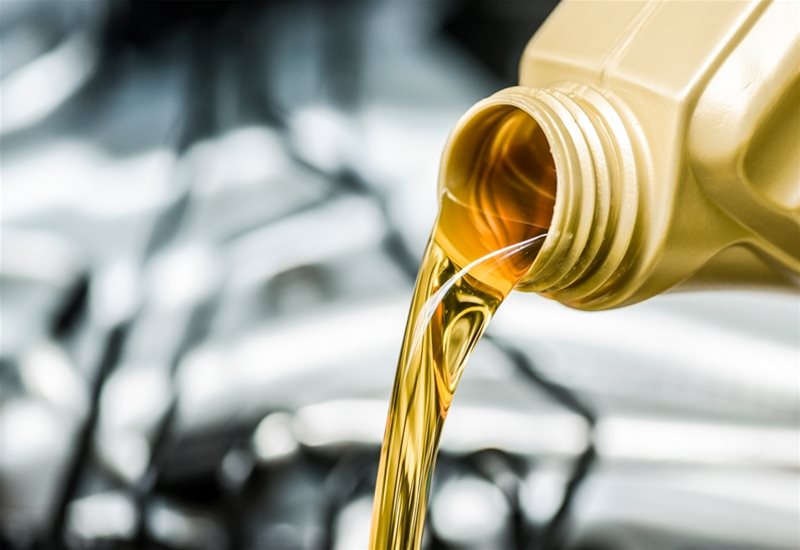
What is a mineral oil or mineral lubricant?
A mineral oil is imprecisely defined as a refined or distilled product of crude oil. Nothing wrong with that- a mineral oil can be anything from a coarse lubricant through to highly refined medicinal grade white oil. Almost ubiquitous in modern life, mineral oils can be found in fuels, lubricants, coolants, paints/inks, cosmetics, medicines and many others.
What are mineral lubricants used for?
Mineral oils can be as basic or as sophisticated as required, and can be blended with the full range of additives. They are usually better priced than their synthetic counterparts. Mineral oils therefore lend themselves well to loss systems such as conveyors, open gear lubrication and general maintenance. They are superb lubricants, offering flexibility and great value.
What is a synthetic oil or synthetic lubricant?
A synthetic oil is again imprecisely defined, but is generally held to be an oil that is artificially created. The base is often mineral oil, but can be others. The range of applications is again huge, but synthetic lubricants tend to be more application-specific.
What are synthetic lubricants used for?
Synthetics can be specifically tailored to give a range of benefits. These include improved thermal stability, longer life, higher viscosity indices, polarity, rubber compatibility, water solubility, reduced carbonisation and increased lubricity.
Quite a list!
Most synthetics are PAO derived (Poly Alpha Olefins). Very high performance. The synthetic of choice.
Some are PAG derived (Poly Alkylene Glycols). These can have even heavier viscosity indices, polarity and water solubility. So, applications include metalworking fluids and gearbox lubricants.
Other lubricants are ester derived, normally used as additives.
Did you know, synthetic oils account for about 4% of the lubricant market?
What are natural lubricants?
Natural lubricants, such as rapeseed and vegetable oil, also have their benefits. They are less performance based, but food safe and great for lower specification applications.

What are food-safe lubricants?
In a food or drink environment, food approved lubricants are essential.
The main worldwide certification body for listing such approvals is
NSF (National Sanitisation Foundation) which is a US based, independent, non-government organisation. They have a huge list of approved products which are grouped alphabetically – lubricants under H.
H1 – Approved for incidental food contact, there is a detailed definition of this.
H2 – Approved for non-food contact below the food line.
H3 – Approved for food contact, would also pass as food additives.
Most food grade lubricants are listed as H1.
Although some mineral oils are food approved, most are not. It’s the reverse with synthetic lubricants, as most are food approved.
Please take the time to check out our range of mineral and synthetic lubricants. Give us a call on +44(0)14 9479 2803 or email us at [email protected] for any further questions or advice!